The charity, which manages over 400 historic sites across England, highlighted six castles threatened by coastal erosion and rising sea levels.
They include Tintagel in Cornwall and Hurst Castle in Hampshire
It is appealing for money to repair walls and improve defences against storms and more powerful waves.
“It seems to be that the whole natural dynamics of the coastline in some places have been accelerated by climate change,” Rob Woodside, English Heritage’s estates director, told BBC News.
“What we’re trying to do now is essentially buy time, so with places that we value, and people want to look after, we put measures in place to protect them.”
There is broad consensus among scientists that even if the greenhouse gas emissions that warm the Earth are dramatically cut, global sea levels will continue to rise for several hundred years. Higher sea levels mean more powerful waves coming closer to the shore, and faster coastal erosion.
These are the six sites that English Heritage says are most at risk:
Hurst Castle
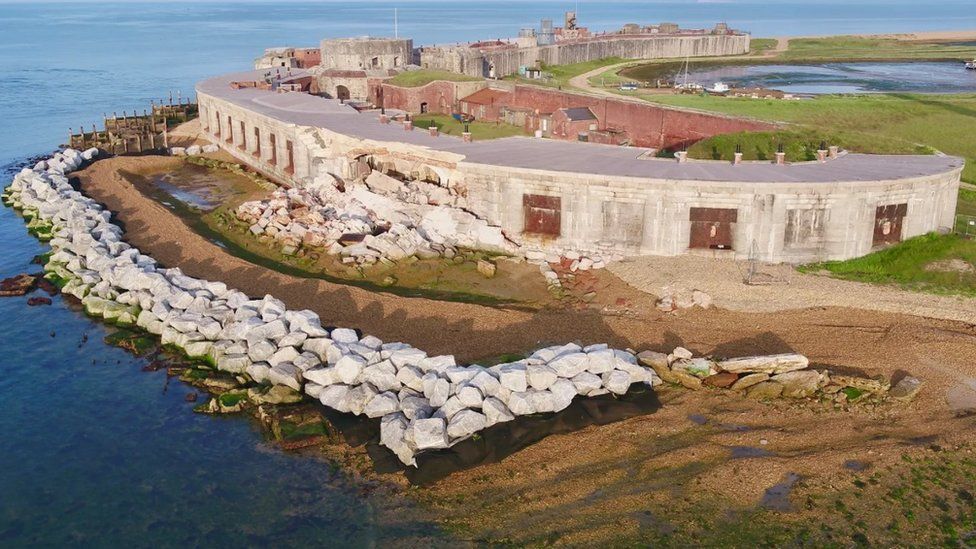
English Heritage
Originally built by Tudor King Henry VIII between 1541 and 1544, a section of Hurst Castle’s east wing collapsed into the sea in February 2021 after its foundations were eroded. As part of efforts to defend the castle 5,000 tonnes of granite boulders have been put in place to form a barrier, or “revetment”.
Tintagel
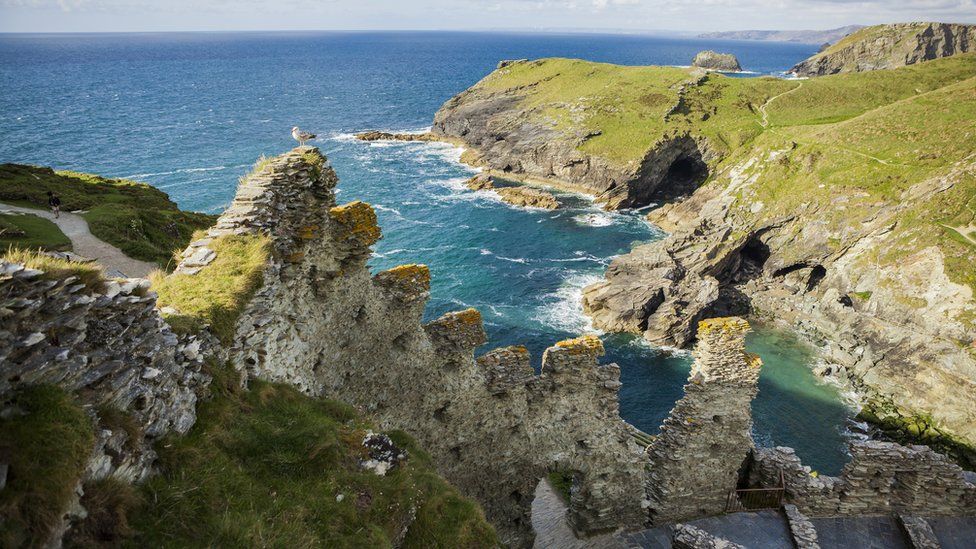
English Heritage
Erosion is not a new problem at Tintagel. It has been under attack from wind and sea since being built in the 13th Century. There are regular cliff falls and English Heritage says funding is urgently needed to repair damage from the storms of last winter.
Piel Castle
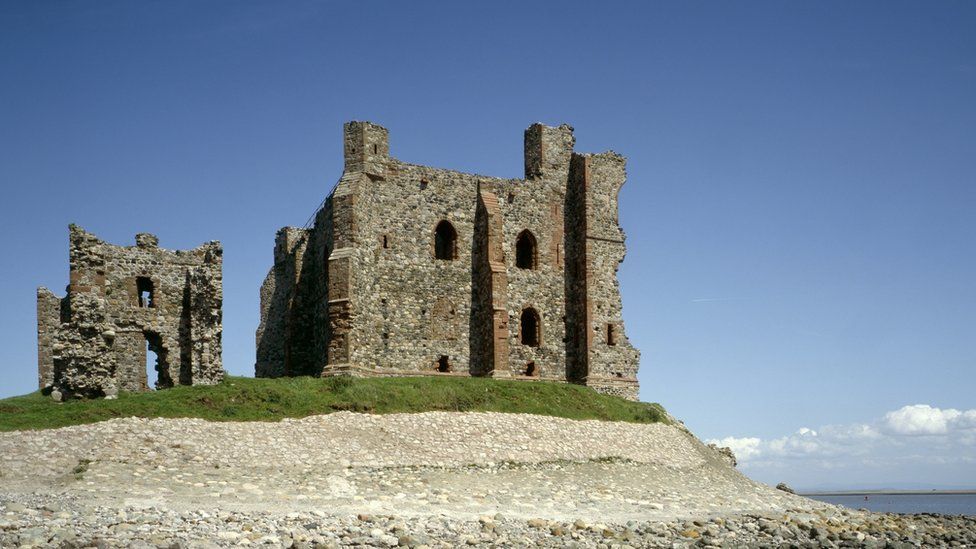
English Heritage
Fourteenth Century Piel Castle is on a low-lying island around half a mile from the coast in Morecambe Bay. Much of the island has already been lost to erosion and some of the castle fell into the sea in the 19th Century. English Heritage says the castle’s keep and bastions are now at risk from both erosion and flooding.
Bayard’s Cove Fort
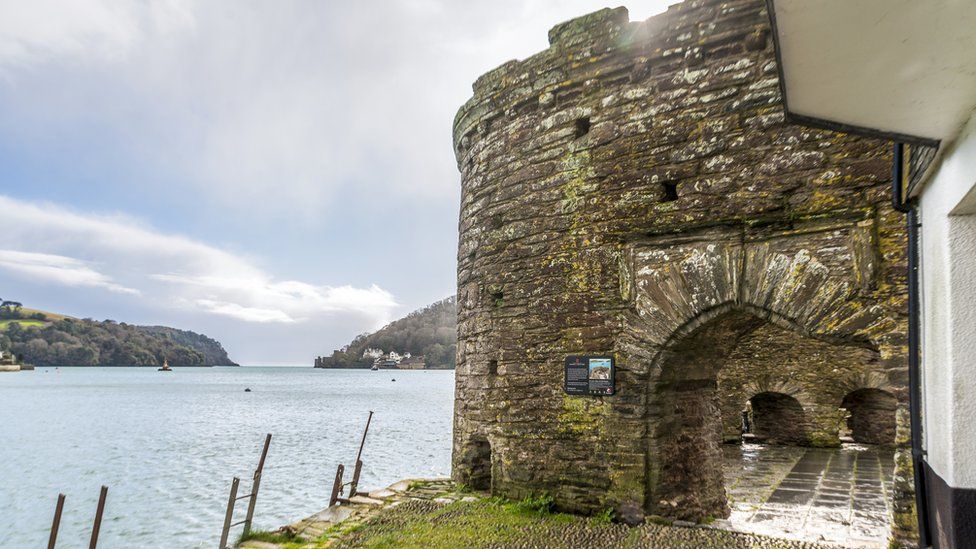
English Heritage
For 500 years, this Tudor fort in Devon has guarded the narrow entrance to the Dart Estuary as the last line of defence to protect Dartmouth from attack from the sea.
Garrison Walls
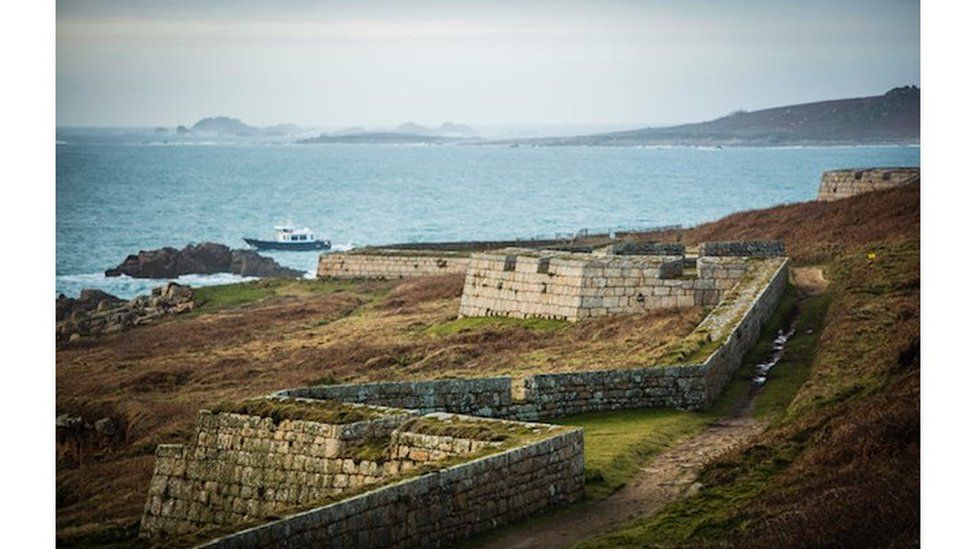
English Heritage
The shape of the Garrison Walls creates pinch points or “armpits”, where the tide focuses. English Heritage says these sections are extremely vulnerable to erosion and will be breached in the coming years if not protected.
Calshot Castle
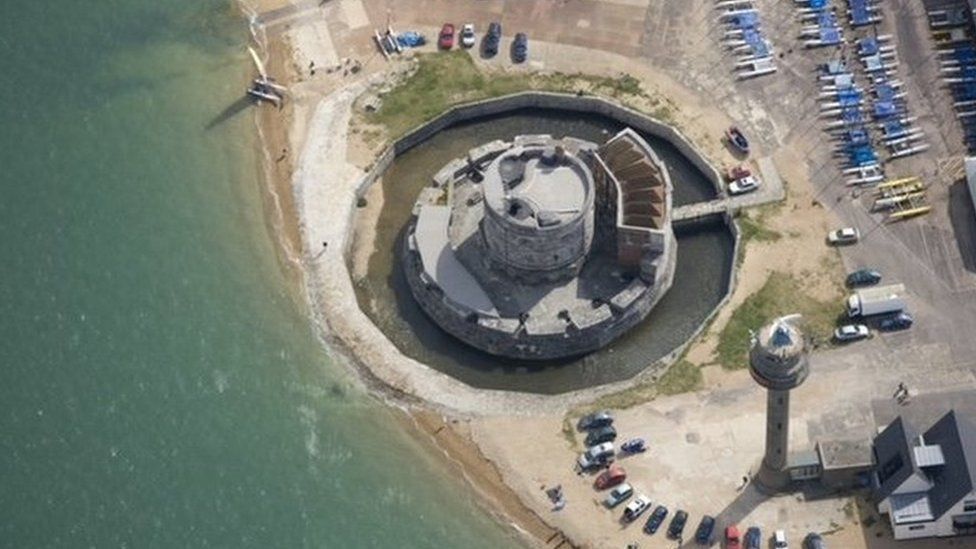
English Heritage
Calshot Castle sits on a vulnerable short spit of land in the River Solent. The site is at a low level making it vulnerable to rising sea levels and erosion.








